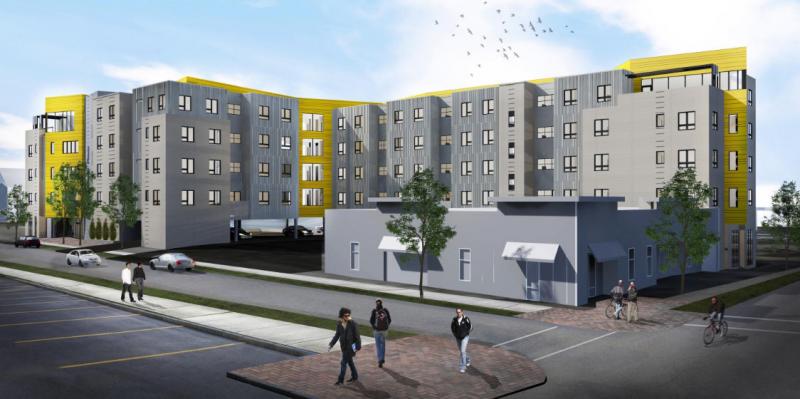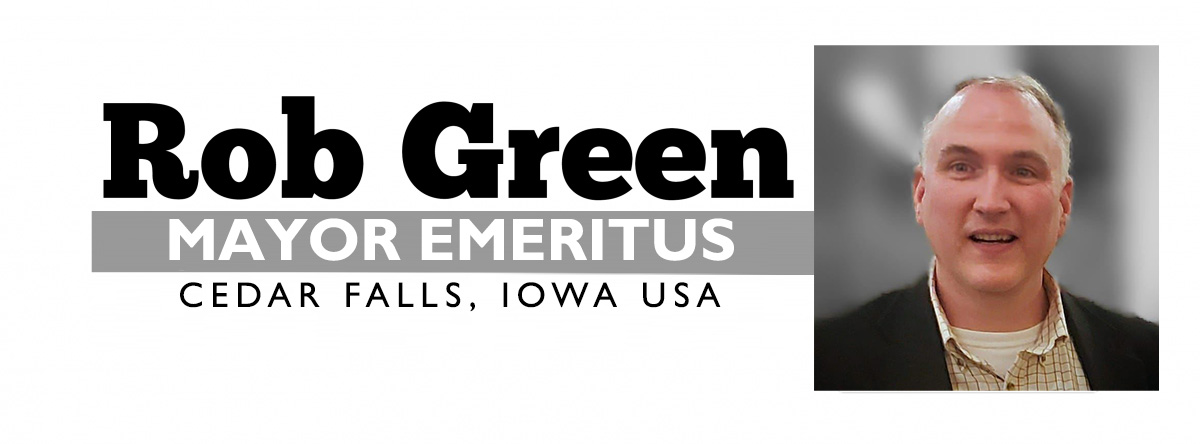
Last night, I voted "no" on the site plan for a project that I support -- one that counted among its proponents many community members I respect.
My sole point of contention was this idea of "principal" vs. "accessory" use. The developer said, and city staff agreed, that the project was a commercial building because the ground level floor was retail space. But city code (Section 29-2) defines principal use as "the main use of land or structures, as distinguished from an accessory use". I believe that staff misinterpreted the code, and did so on the Urban Flats project as well. So, while I support the project, I can't simply re-imagine what the code SHOULD mean...I have a duty to go by what the code actually says. And as I look over the blueprints, the project is obviously residential with a retail accessory space on the ground floor.
Why Principal Use Designation Matters
If 2119 College were approved as a commercial building, it would have no parking, height or setback requirements. If deemed an R-4 residential building, it would have to provide parking for tenants, be limited to three stories, and have to have a grassy setback from the street. In other words, a residential building has far more restrictions and requirements than a commercial building in that part of College Hill.
Moving Forward
I strongly support high-density development, and our 1970's-era zoning ordinances are not designed to support the needs of a modern city. I'd love to see our residents -- especially our millennials and elders, able to quickly and easily navigate the city without a car. Fortunately, Council has budgeted $240,000 (!) to overhaul the zoning ordinances over the next two years, and I will be pushing hard to ensure the language supports visionary developments like the 2119 College Street project...and that we also plan for the parking and transit infrastructure to support high-density development. And perhaps this means putting into the ordinance this concept of "ground floor determines principal use"...that's something to debate publicly, and adopt transparently, if we so choose.
I believe we can move ahead with this and similar projects once our zoning ordinances are updated for the 21st century, and I'm looking forward to being part of that effort.
